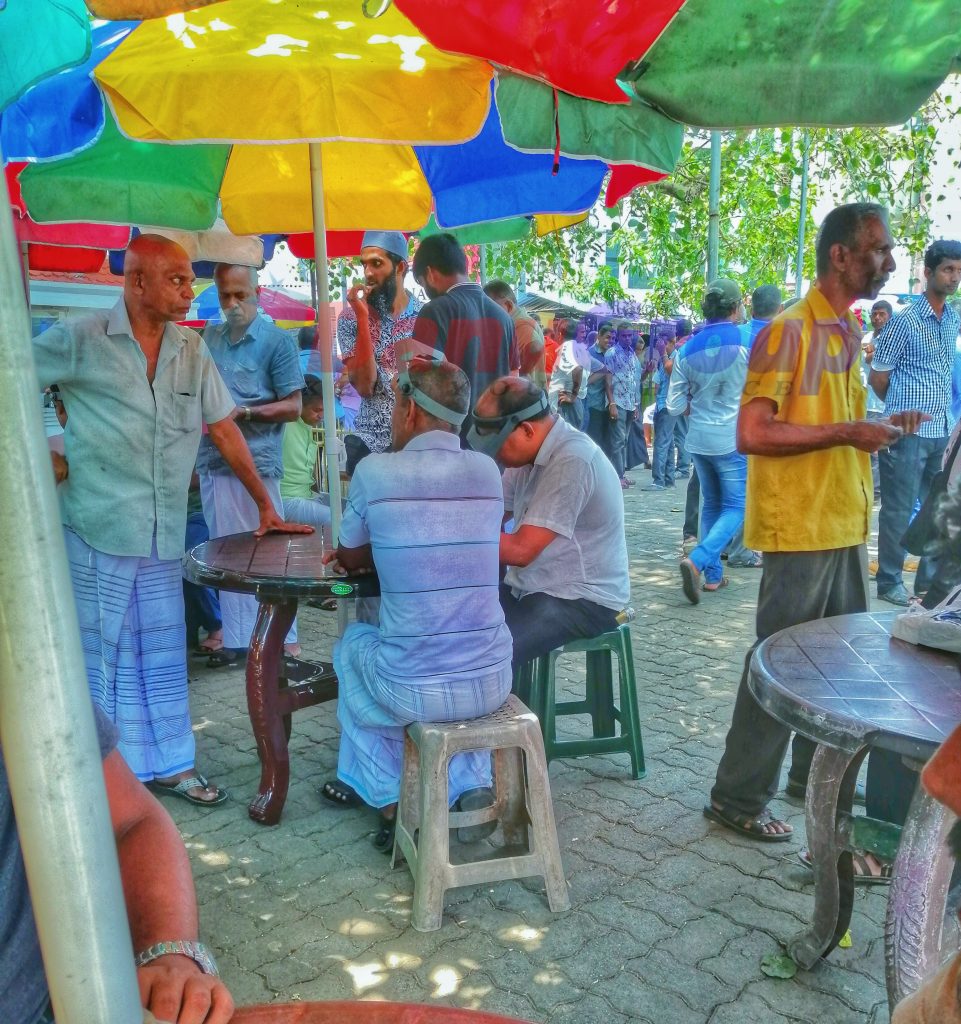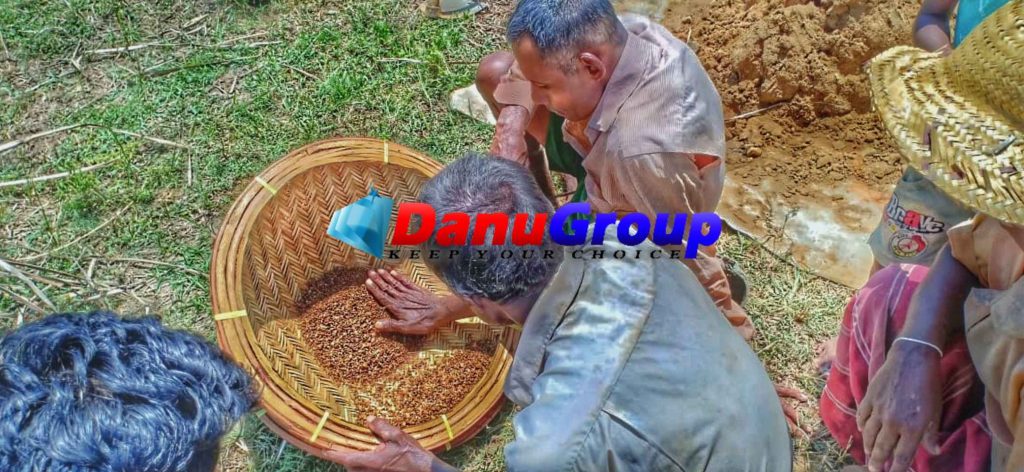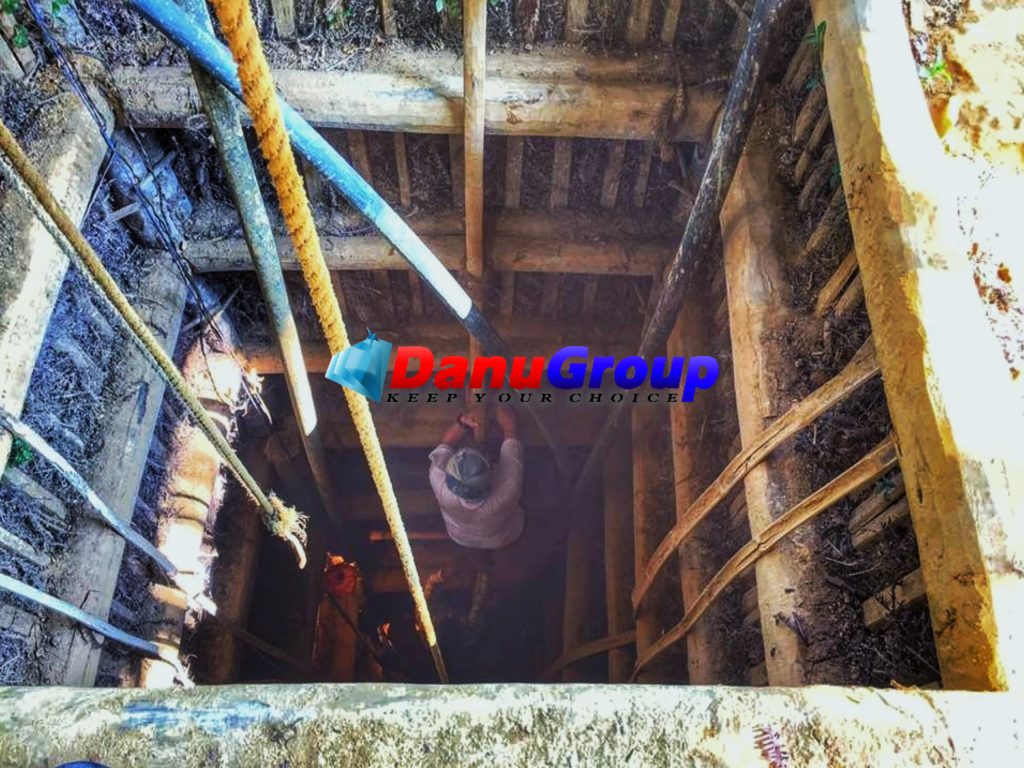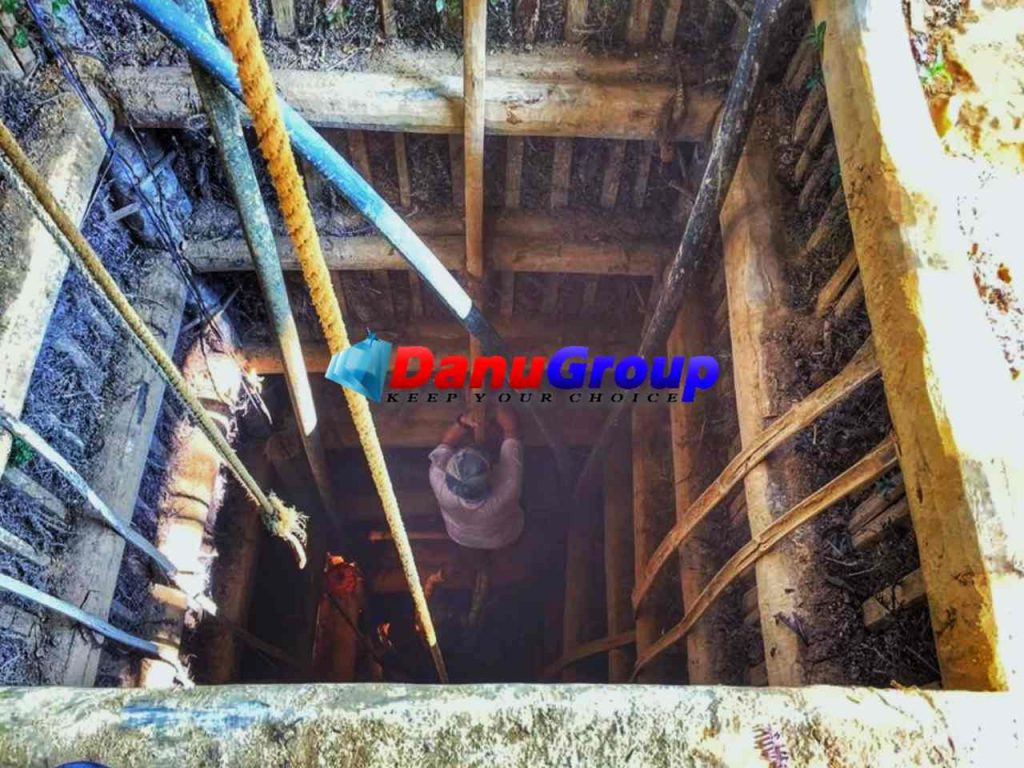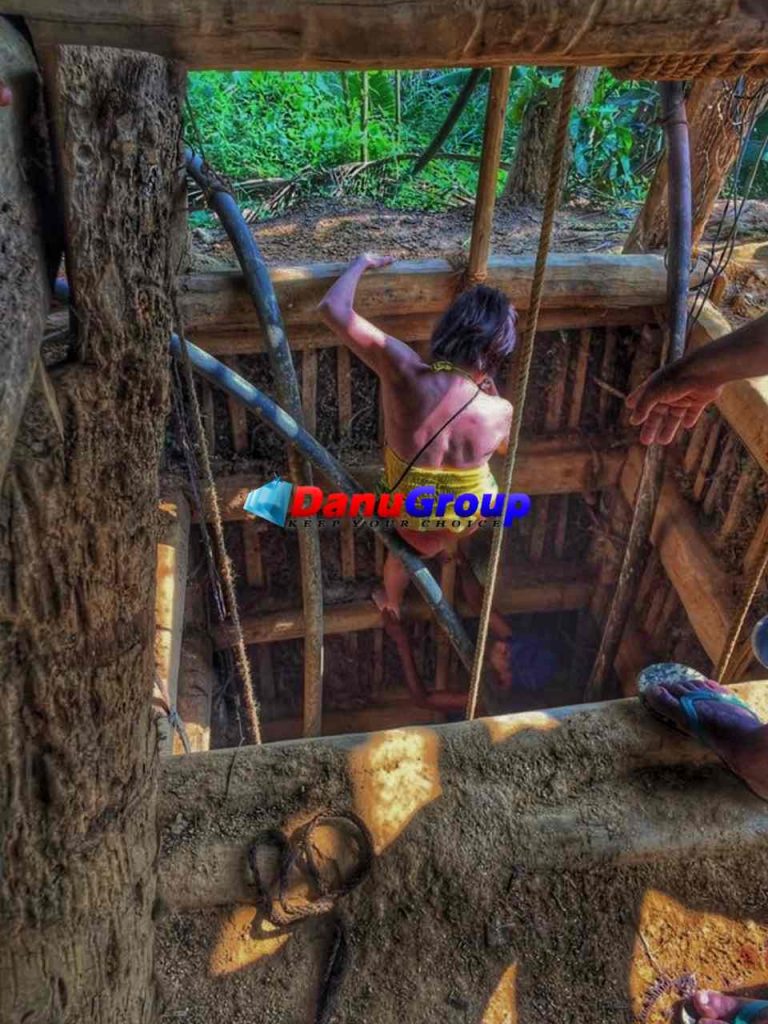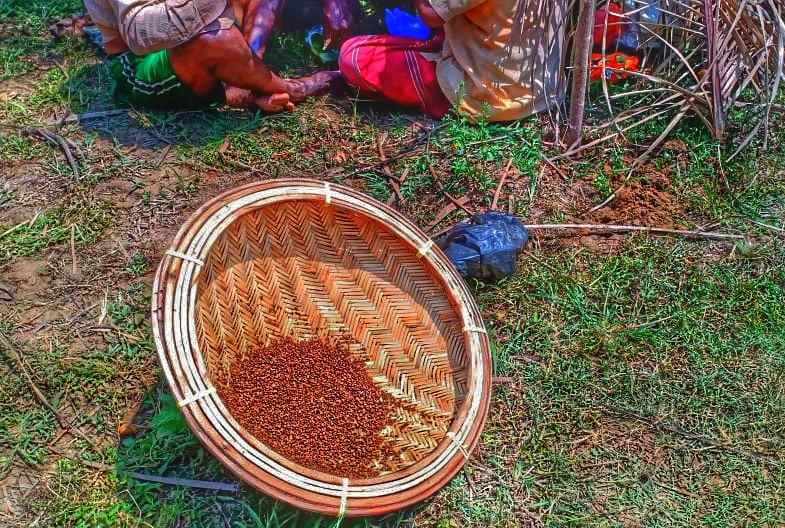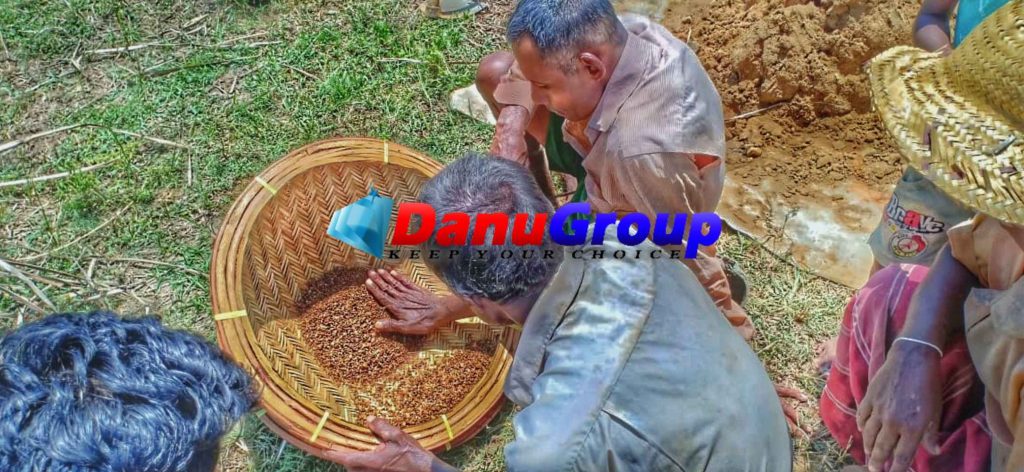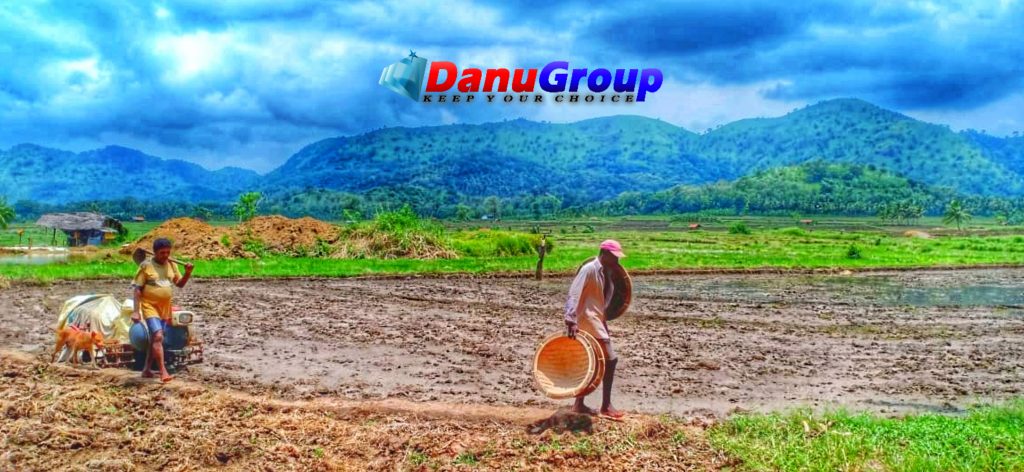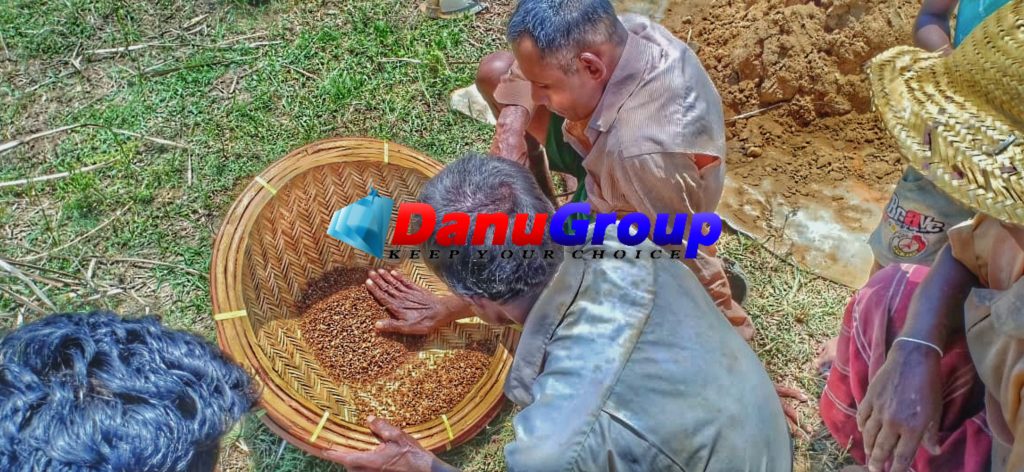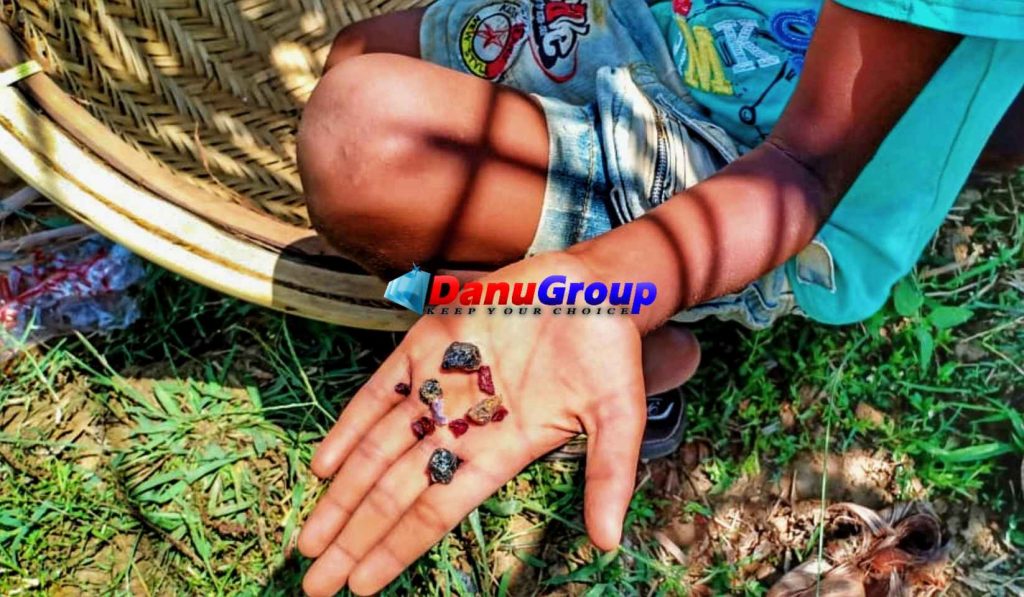Treasure Hunting and Relaxing in Gem City
Visit gem mines, self mining experience and find treasures (Gemstones) hidden inside the soil/ground.
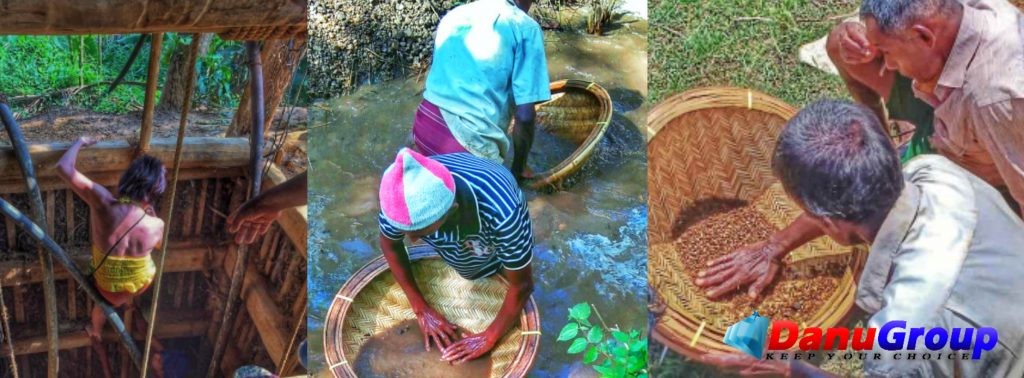
Visit waterfalls,bath in natural water streams coming through The World Heritage Rainforest Sinharaja with fish therapy
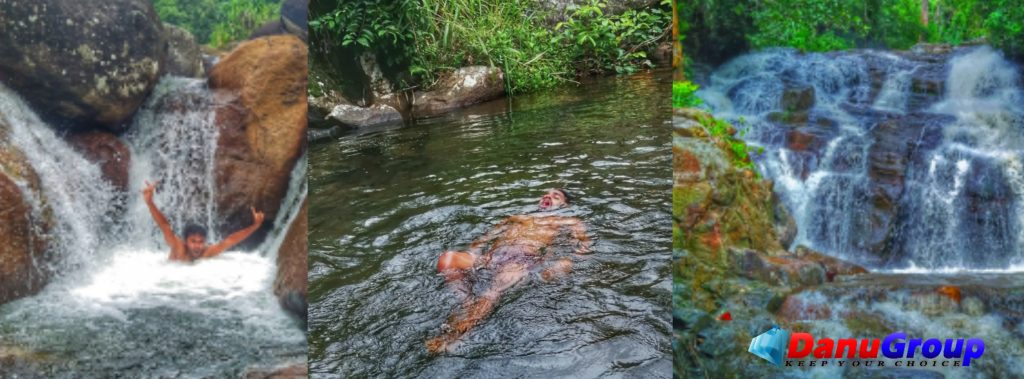
Practical gemmology lessons and visit world famous daily gem fairs to purchase and see rough gemstones.
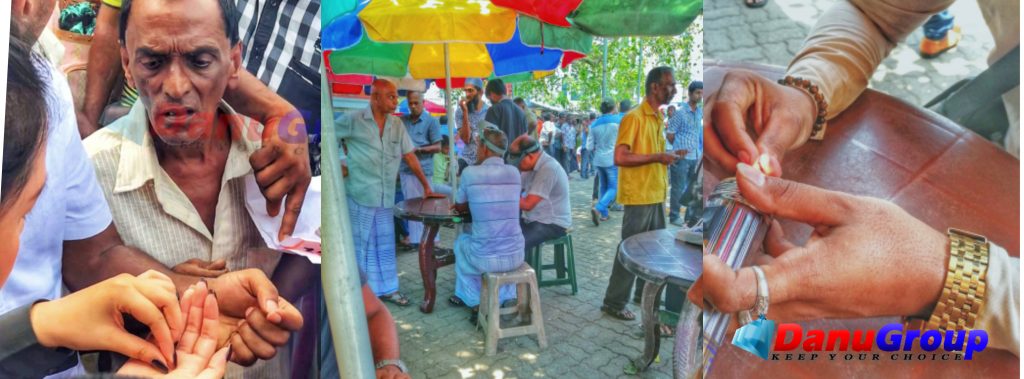
Visit gemstones cutting factory, do self cutting and polishing process.
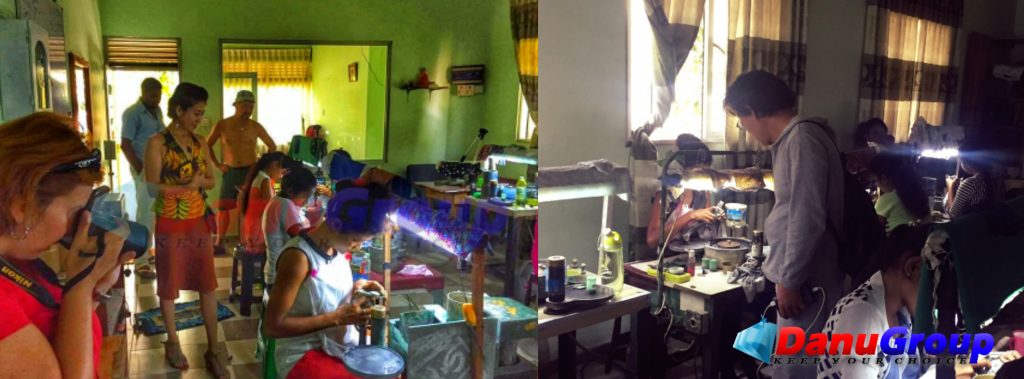
Gem Cutting Factory Sri Lanka. Visit us, see how we cutting rough stones for your fine jewelleries.
[the_ad id="17170"]

-

-

Gem Cutting Sri Lanka – Cutting Factory -

-

-

-

-

-

-

-

-

-

-

-

-


[the_ad id="17172"]



